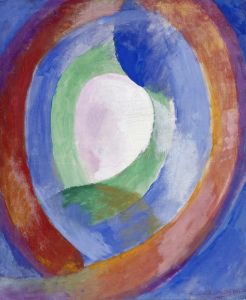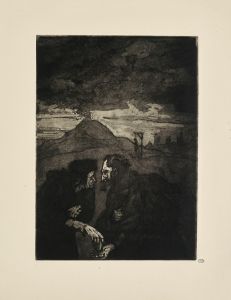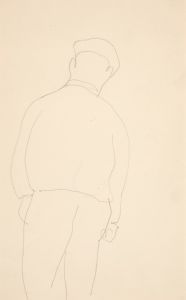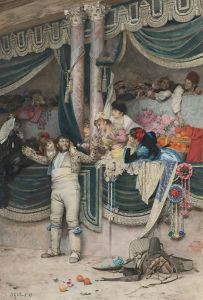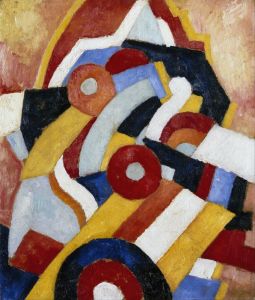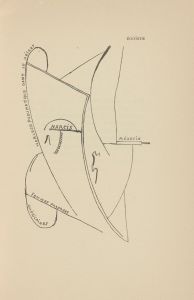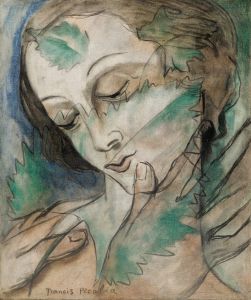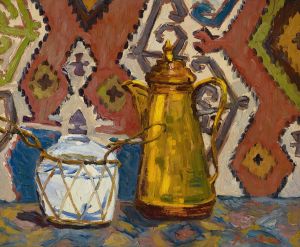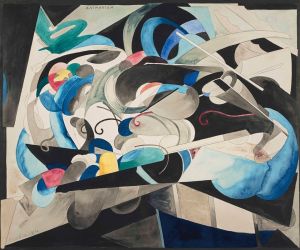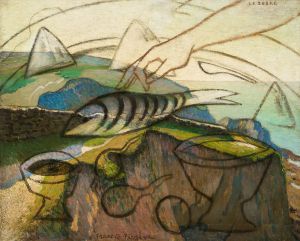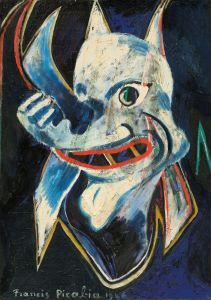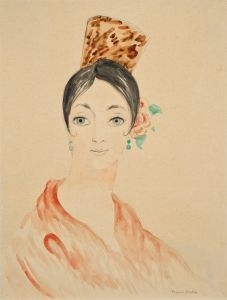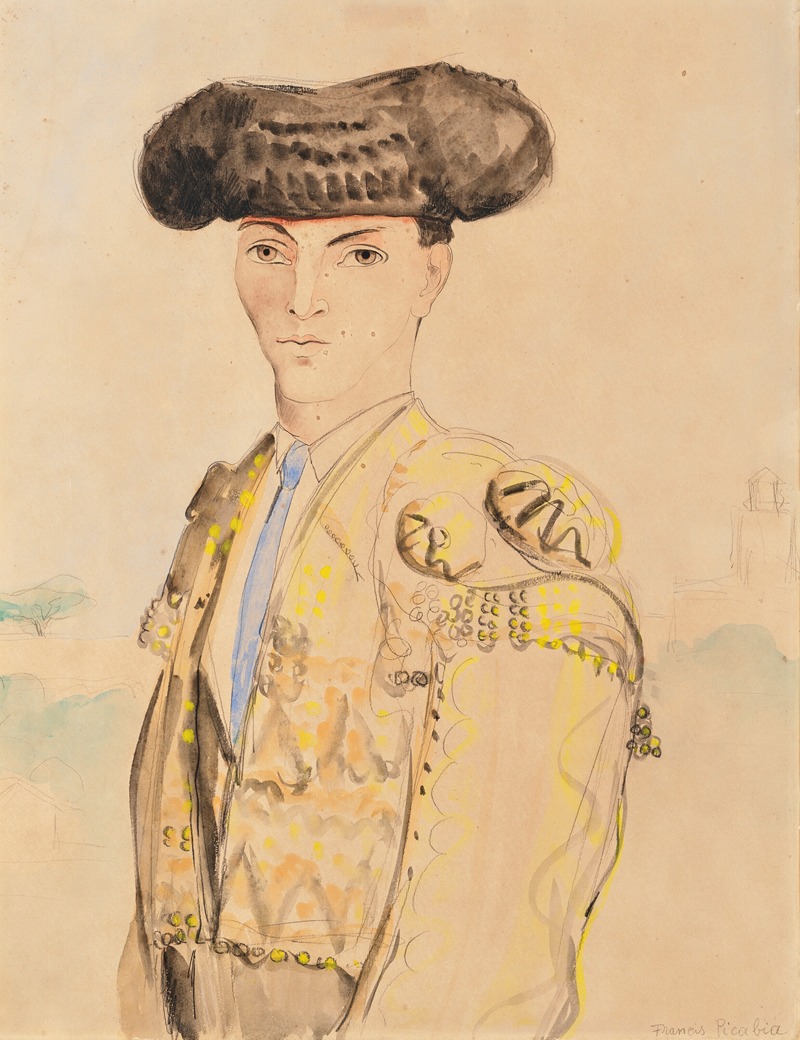
Toréador
A hand-painted replica of Francis Picabia’s masterpiece Toréador, meticulously crafted by professional artists to capture the true essence of the original. Each piece is created with museum-quality canvas and rare mineral pigments, carefully painted by experienced artists with delicate brushstrokes and rich, layered colors to perfectly recreate the texture of the original artwork. Unlike machine-printed reproductions, this hand-painted version brings the painting to life, infused with the artist’s emotions and skill in every stroke. Whether for personal collection or home decoration, it instantly elevates the artistic atmosphere of any space.
Francis Picabia's Toréador is a painting created by the French avant-garde artist, who was a central figure in the Dada and Surrealist movements. Known for his eclectic and experimental approach to art, Picabia often defied categorization, and his works spanned a wide range of styles and themes throughout his career. Toréador is one of his later works, completed in 1940-1941, during a period when Picabia was exploring figurative painting and incorporating elements of kitsch and popular imagery into his art.
The painting depicts a bullfighter, or "toréador," rendered in a highly stylized and somewhat exaggerated manner. The figure is surrounded by vibrant colors and patterns, which reflect Picabia's interest in blending traditional subject matter with a modern, almost theatrical aesthetic. This work is part of a series of paintings from the late 1930s and early 1940s in which Picabia drew inspiration from mass-produced imagery, such as postcards, magazines, and other forms of popular culture. These works often featured figures with exaggerated proportions and a sense of artificiality, challenging conventional notions of beauty and artistic authenticity.
Toréador exemplifies Picabia's fascination with the intersection of high and low art, as well as his willingness to provoke and challenge the expectations of his audience. By incorporating elements of kitsch and commercial aesthetics, Picabia blurred the boundaries between fine art and popular culture, a concept that would later influence movements such as Pop Art.
The painting is also notable for its historical context. Created during World War II, Toréador reflects Picabia's retreat from the political and social turmoil of the time into a more introspective and personal exploration of art. While some of his contemporaries were producing overtly political works, Picabia's focus on kitsch and figurative painting can be seen as a deliberate departure from the dominant trends of the era.
Today, Toréador is recognized as an important example of Picabia's later work and his ongoing experimentation with style and subject matter. It is held in the collection of the Musée d'Art Moderne de Paris, where it continues to be studied and appreciated for its unique contribution to 20th-century art.





